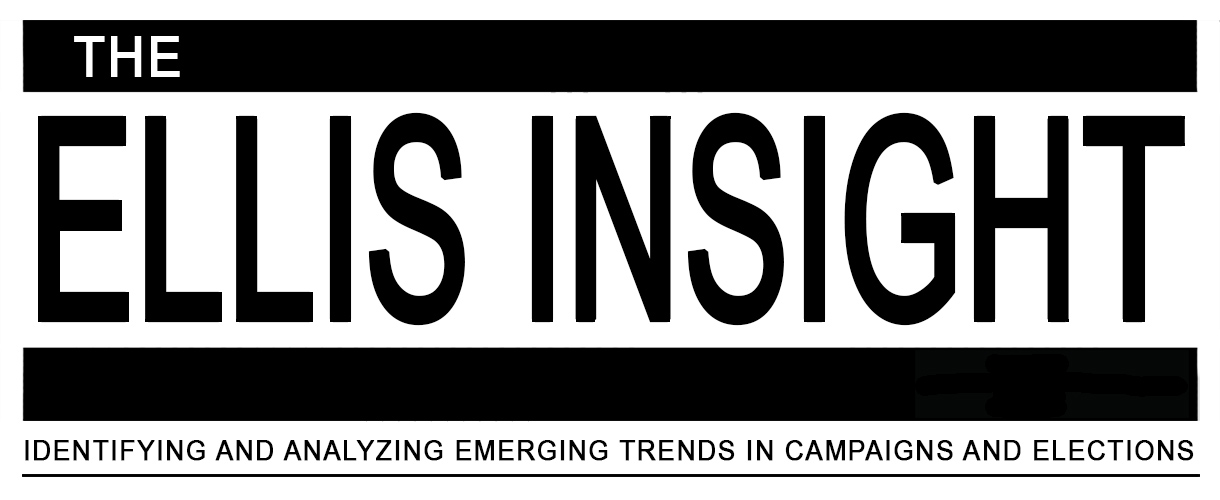By Jim Ellis
April 19, 2017 — As we all know, actions speak louder than words. The US House first quarter campaign finance reports (through March 31, 2017) were publicized Monday and, tracking those members who have publicly indicated at least some interest in declaring a Senate challenge, we now have some tangible information to gauge which individuals might be serious about making a statewide run. A look below at the Senate incumbent and House challenger(s):
Arizona: Sen. Jeff Flake (R)
• Rep. Kyrsten Sinema (D-Phoenix)
$677,542 raised; $136,496 spent; $2,804,679 cash-on-hand; $0 debt
Rep. Sinema has failed to confirm rumors that she is planning to run for Senate or governor. Considering that incumbent Sen. Flake is appearing in a more vulnerable state than Gov. Doug Ducey (R), it is more reasonable to think that a Sinema Senate challenge is the more likely. The congresswoman’s aggressive early campaign fundraising and already reaching just short of the $3 million mark in cash-on-hand makes her a very serious potential challenger.
Florida: Sen. Bill Nelson (D)
• Rep. Tom Rooney (R-Okeechobee)
$73,552 raised; $59,359 spent; $84,848 cash-on-hand; $0 debt
Rep. Rooney indicated several times that he has not closed the door on challenging Sen. Nelson. With little fundraising effort in the first quarter and Gov. Rick Scott (R) positioning himself for a Senate challenge, the financial numbers confirm that Rep. Rooney will not enter the statewide race.
Indiana: Sen. Joe Donnelly (D)
• Rep. Luke Messer (R-Greensburg)
$706,414 raised; $136,418 spent; $1,620,394 cash-on-hand; $0 debt
• Rep. Todd Rokita (R-Brownsburg)
$321,166 raised; $88,501 spent; $1,548,229 cash-on-hand; $0 debt
Both congressmen Messer and Rokita have impressive campaign accounts and are well positioned financially to launch a challenge against Sen. Donnelly. Messer has been the more aggressive early fundraiser, but it is conceivable that both could enter the Senate race.
